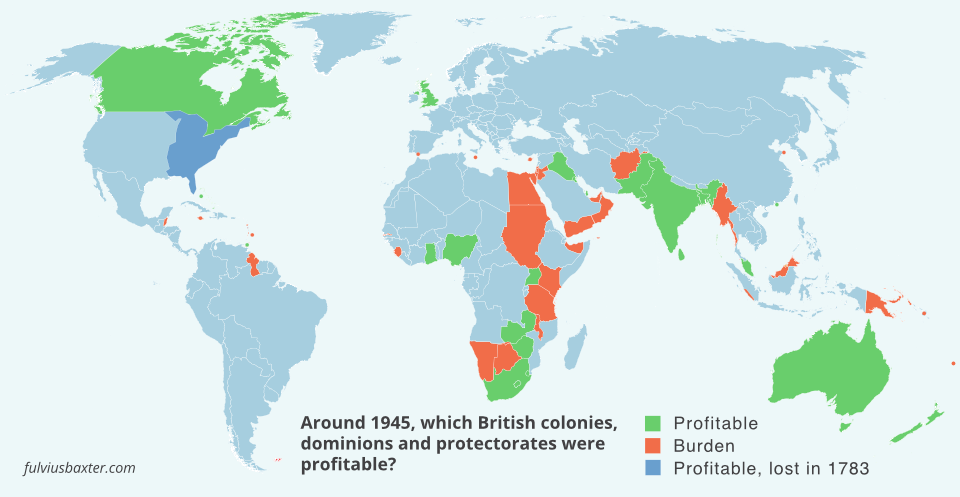From its origins as a general music festival, Eurovision has become more niched towards a specific cultural sub-genre.
In the 1950s, there were ideas of promoting European unity through the newly introduced medium of television and public interest in music. It was a chance to showcase national characteristics as well as demonstrate European unity and cooperation. And of course, the singing competition was a display of technology and engineering that fitted well with the spirit of the times. TV was something new and exciting, and it soon moved into everyone’s living room.
The difference is striking with the internet-driven culture of the 2020s, where linear TV viewing has declined significantly in favour of social media and online video services. Creating excitement and interest nowadays requires so much more effort. The performances are much more spectacular in terms of stage shows, but increasingly mediocre in terms of musical performances. It is pompous Eurodisco with elements of ethno and rap.
We also note that the aesthetic is moving away from the public and popular, and diverging towards homoeroticism and occultism. The overdressed, the burlesque and the circus have taken over. There are a lot of complaints from ordinary people on social media that the singing competition has degenerated beyond recognition.
As usual, one wonders whether this is about introducing new ideas and fashions to the people – maybe we’ll all look like this in a few years? Or whether these appearances are the culmination of a phase that we will look back on and shake our heads at? Who doesn’t remember the spandex fashion and poodle hair of the 1980s, or the dirty, long-haired hippies of the late 1960s?
The 2020s are eclectic, offering a range of style mixes but also new things. There are elements of zombie fashion, think the Joker’s smeared make-up, or the Harley Quinn aesthetic, including semi-transparent, torn body stockings that show more than they hide, of not always very fit bodies.
Yes, of course it’s ugly. And that is the point. For example, when you choose to use the dirty and scribbled tiles from a toilet for your decoration, you are not looking for beauty and cosiness, but for ugliness and stench. Just as brutalist concrete architecture is meant to be ugly, and to create a sense that the urban environment is threatened and occupied. Similarly, this cultural subgenre invades our living rooms, under the pretext that it is public and popular, and occupies our lives for a few hours. It doesn’t leave much of a legacy; there are few songs to hum or even remember. Perhaps it is mostly a feeling of dirt, of being unclean, contaminated. But even that feeling is fleeting.
See below Holland’s EU-ironic contribution, which was disqualified at the last moment for unclear reasons.







